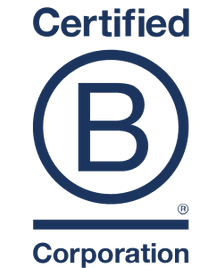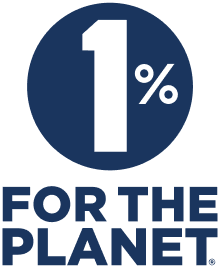To start the year off, we put together our collective minds to come up with the trends we are most likely to see in 2024 for specialty cafes in Australia. We then categorised and summarised them in this article.
There are five trends each in the categories of Coffee, Equipment, Technology and Other.
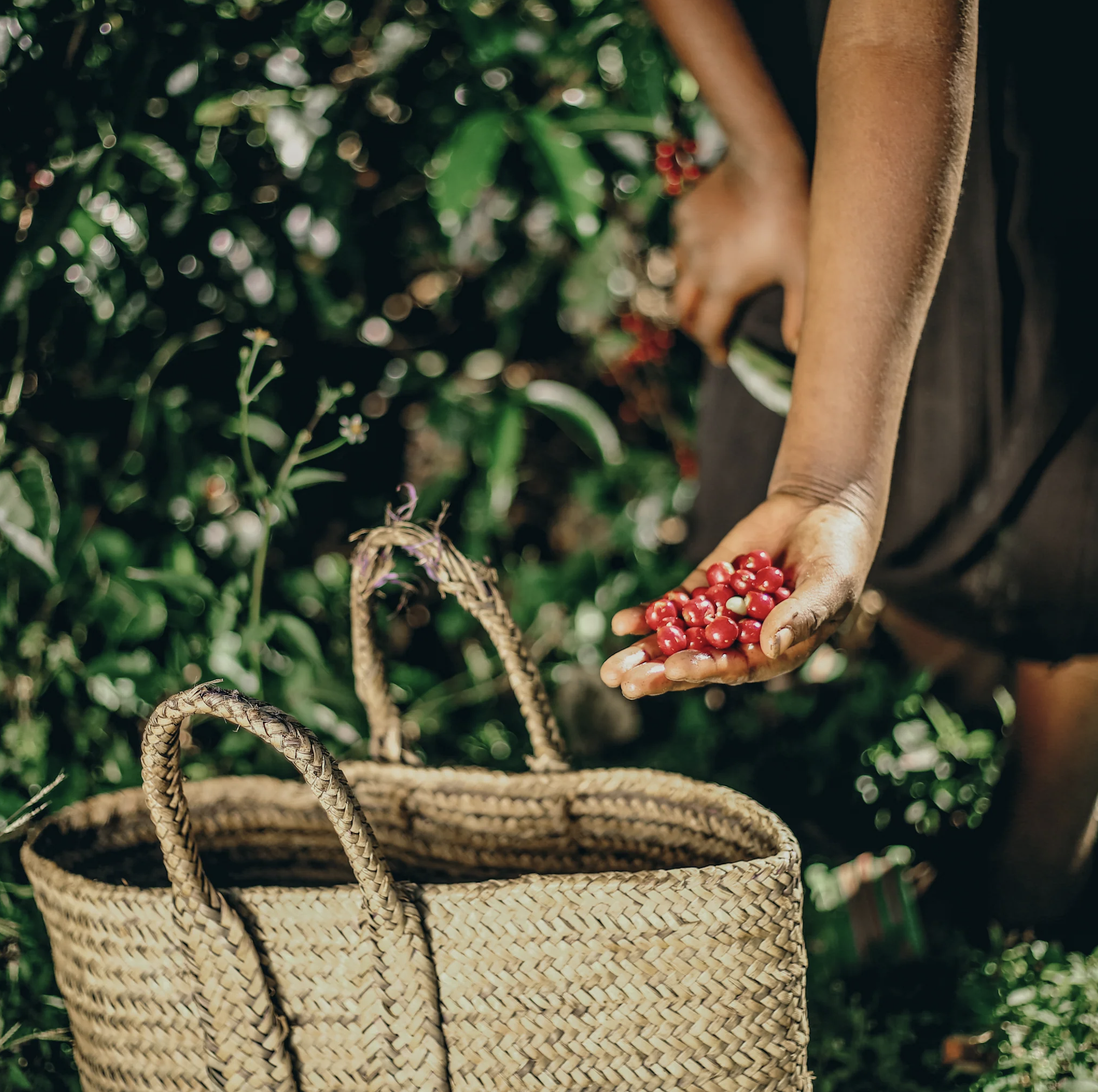
Coffee Trends
Here are the five trends to watch out for in coffee.
Single Origins coffee & rare coffees: While blends and milk/alt dairy flat white and lattes will continue to be a centrepiece, single origin coffees as well as rare coffees will continue to feature as a supplement in more and more cafes. We also see batch brew becoming a more prominent option.
Coffee differentiation: Cafes will continue to differentiate based on their coffee. This means we will move away from everyone doing a similar thing at a similar price point everywhere. Cafes will choose to either pursue a specialty path or choose to be more no-frills and cost-focused. Overall, this is a good thing and it gives the customers a choice and cafes an opportunity to differentiate.
Innovation and coffee: The innovation and experimentation in coffee will continue. This will include new processing methods as well as new brewing techniques and everything in between.
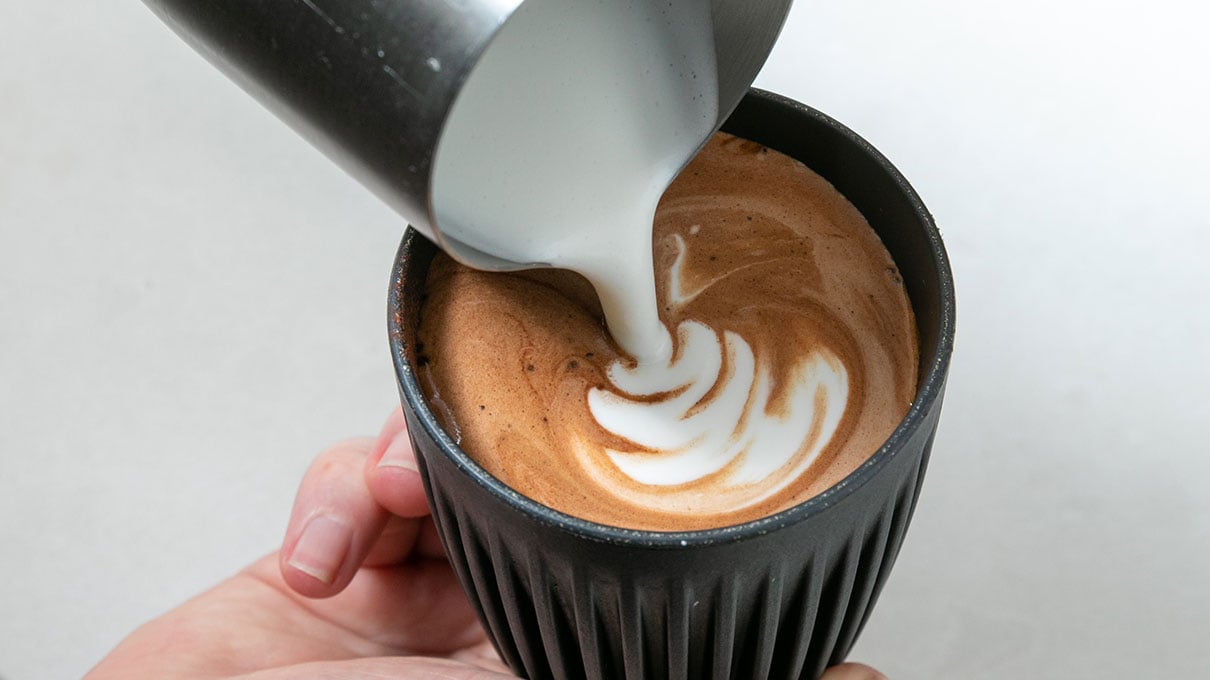
Plant-based milk: While the trend might be slowing, it’s not going anywhere. We will see more cafes that have plant based milks as their number two or even number one highest selling category.
Cafe retail - coffee options: More and more cafes are embracing retail. Coffee drinkers have different needs in different contexts. Sometimes they may brew at home. Sometimes, nothing but a cafe experience will do. Sometimes they need something portable (Pourtable, pun intended) to travel with. Other times they may want a RTD (Ready-To-Drink) option or a specialty concentrate to make desserts or great cold beverages with. This is an overall opportunity to serve the needs of our customers better, increase sales and also make our regulars even more loyal.
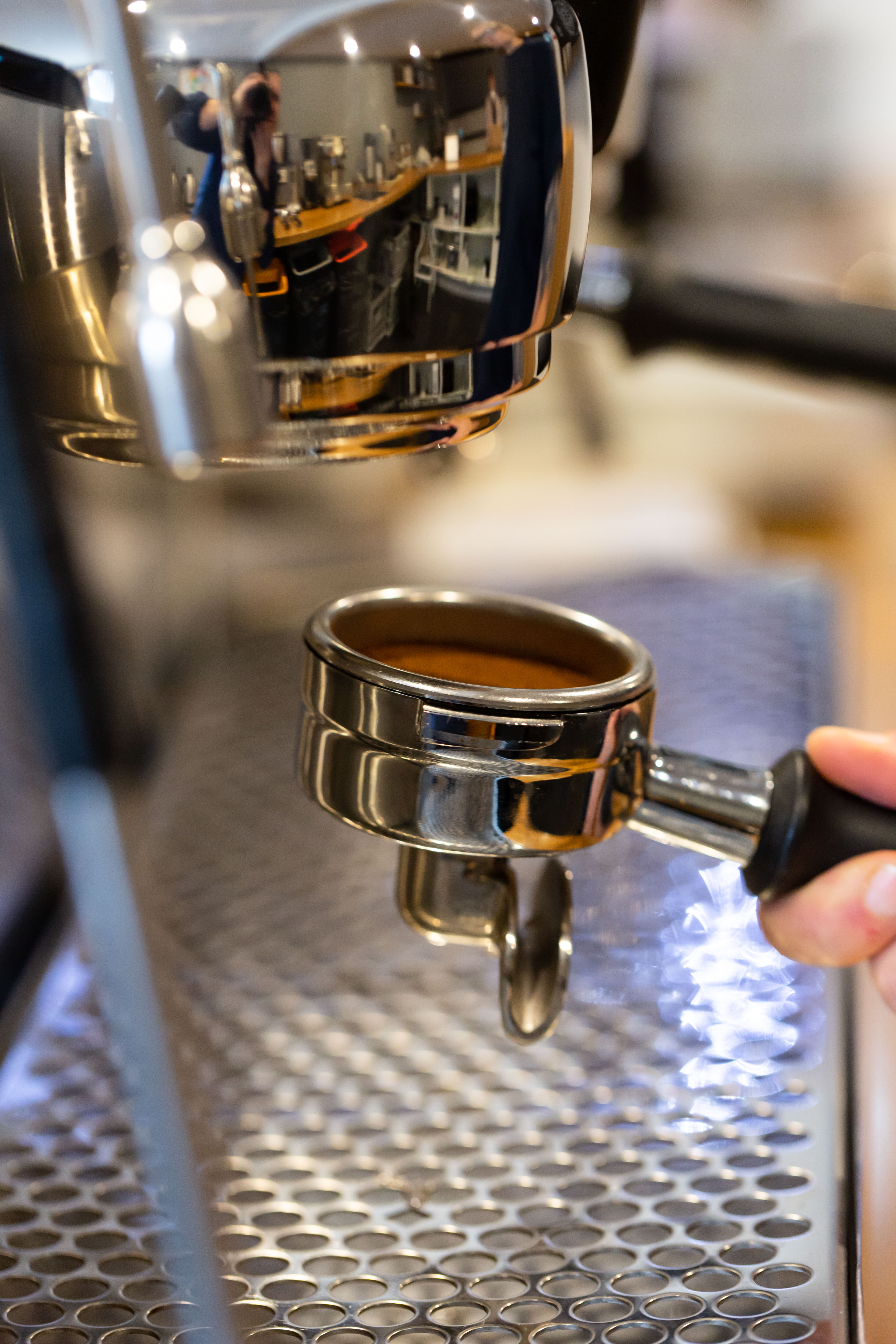
Equipment Trends
These are some trends that are happening in equipment.
Grind-by-weight coffee grinders: Grind by weight will become the new standard for most specialty cafes. This would mean more consistent coffee as well as lower waiting times. It’s a real revolution.
Milk automation: Milk automation will continue to gain strength. We will see more solutions that can cater for multiple milk types including plant-based milk. The barrier for cafes would be the investment needed for this additional equipment. However, we think the benefits of consistency as well as speed will provide sufficient return as this technology moves from early adopters to the early majority.
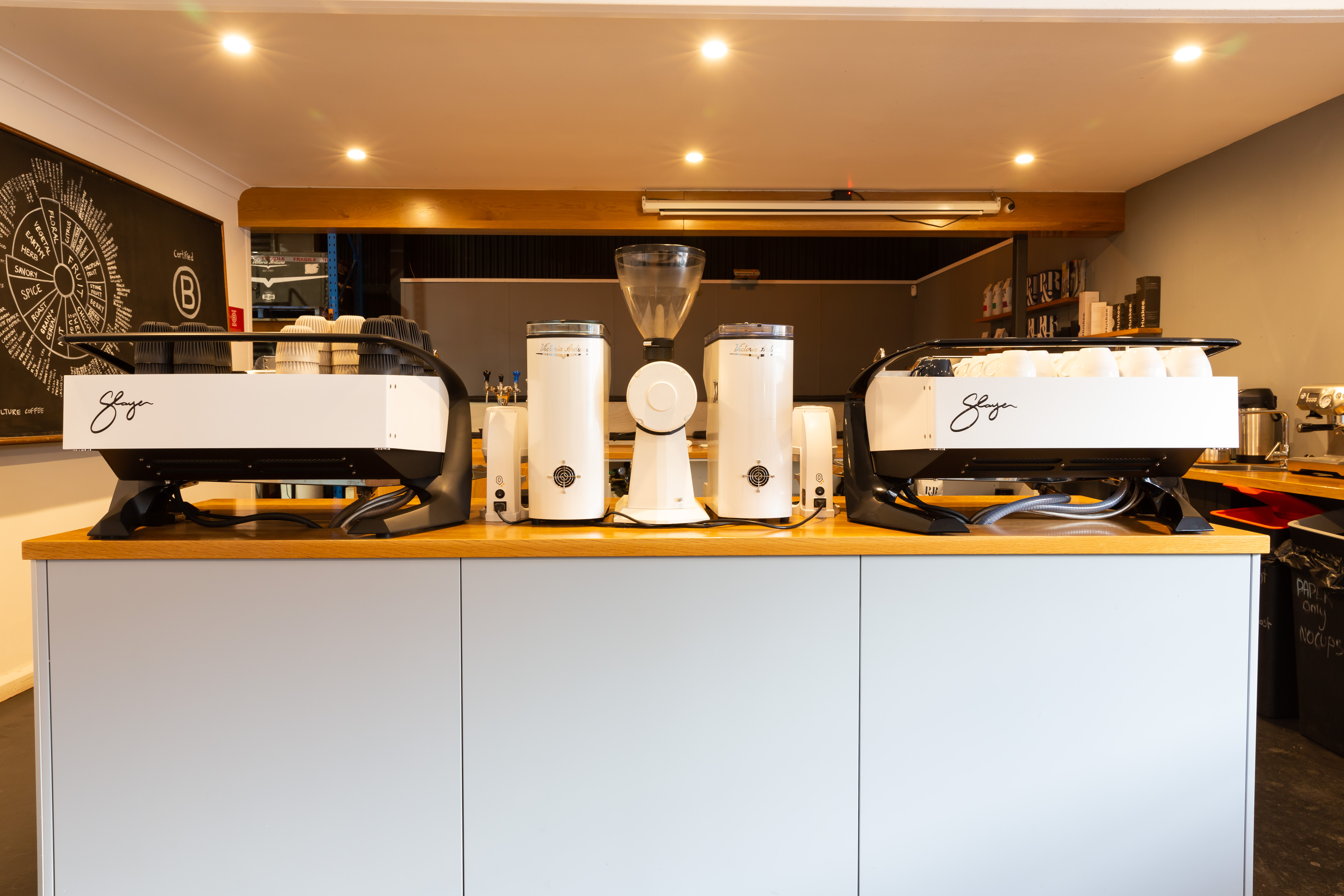
Coffee equipment aesthetics: Cafe equipment is not all about functionality. It’s also about form. It’s about art. It’s a piece of furniture and a key element of the ambience. More specialty cafes will choose equipment that fits both their functionality and form needs.
Espresso telemetry: Telemetry solutions that give detailed information about the consistency and quality of the coffee shots, will also go from the early adopters to the early majority. This is a great tool for specialty cafes. As we are only as good as our worst coffee of the day.
Automatic adjustments. Grinder + coffee machine sync: The ultimate dream is finally here. This is for the early adopters. It will soon be possible for the machine and the grinder to talk to each other and make micro-adjustments to ensure that the coffee is always tasting the best and brewed according to set parameters. This is almost as exciting as boilerless machines (think reimagining an espresso machine based on first principles). However, that’s a topic for maybe 2025 or 2026 as more equipment hits the market.
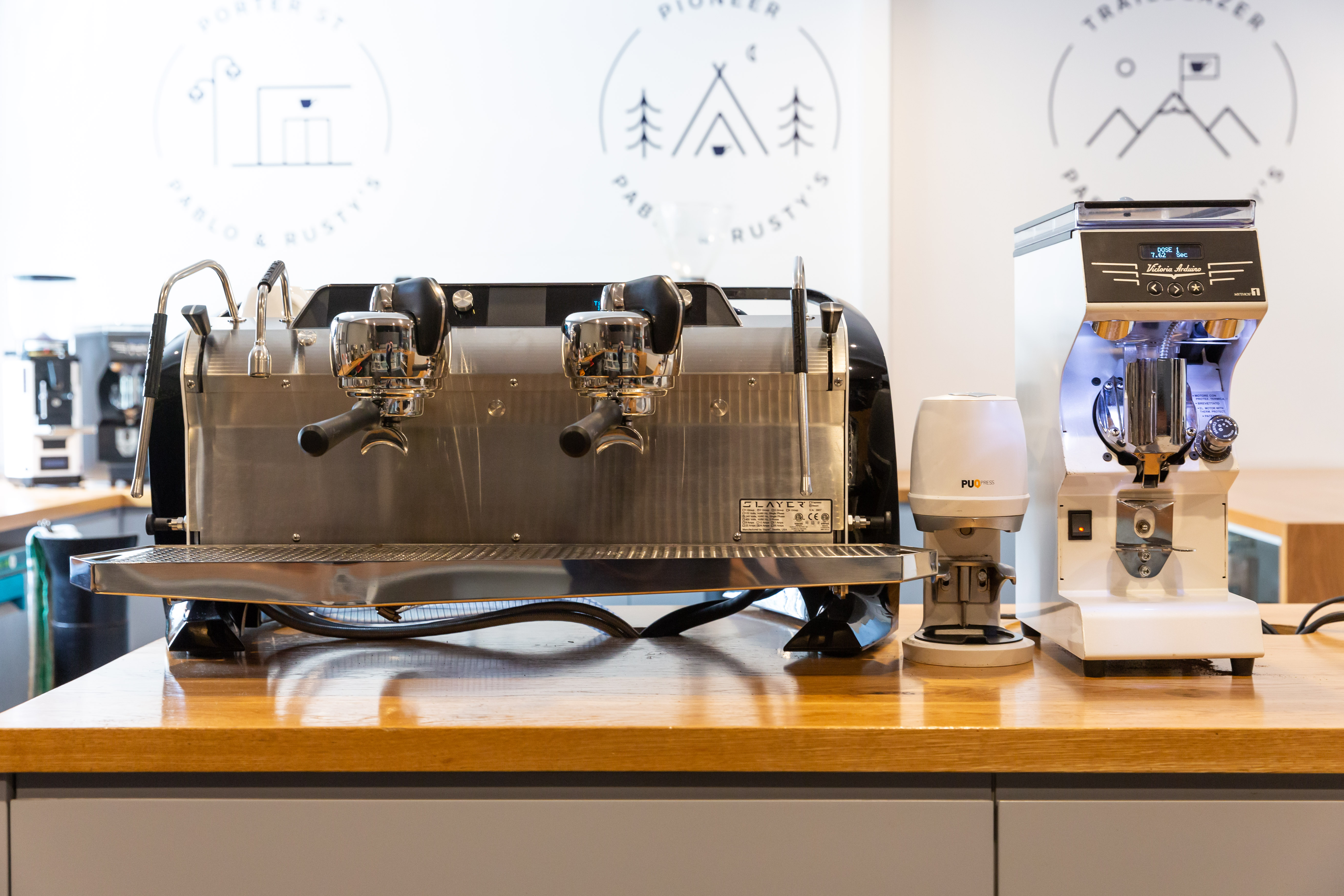
Technology trends
These trends will accelerate in the technology space.
Digital coffee training aided by AI: Training is a key aspect of delivering exceptional customer experiences. It is also time-consuming and archaic. This is where digital training as well as generative AI will make training better, faster and more effective. It will allow training to be on-demand, tailored and self-paced. This won’t happen overnight. However, we have been focused on digital training for almost a decade and the pace of change and the opportunity in this space is breathtaking.
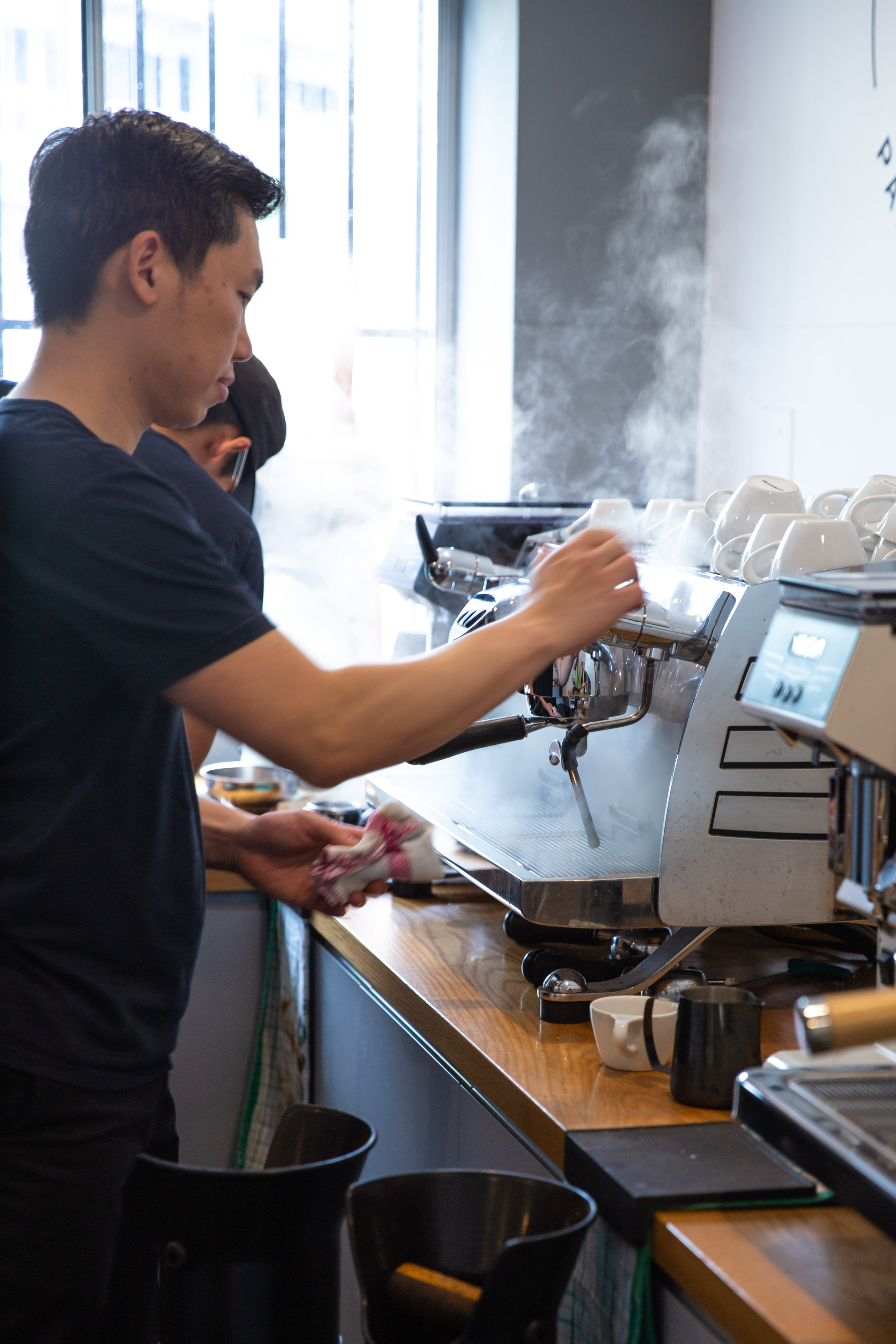
Generative AI: Generative AI will become a key tool for many cafes. From menu design, to writing copy, to social media, to accounting to much much more. Cafe teams are often stretched and will benefit from a co-pilot that they can collaborate with to do many tasks better and faster. This is not about replacing roles or letting AI take the lead. It’s about leveraging AI to do things that can better serve our customers and our teams.

Better customer service: A lot of technology will be used to ensure that customers are served on time and according to expectations. Technology will be able to help teams check up on customers that may have been otherwise forgotten. Technology will also look out for unhappy customers or bad reviews to give feedback to cafes and allow them to improve and make it up to customers.
Omni-channel: How many apps can a cafe have? Well, how long is a piece of string? Most cafes now use a POS (Point of Sale) that is cloud-based and integrates with a lot of different apps and ordering channels. This means that the cafe has to do less work to offer more channels for interaction with their customers. A cafe can have an order-ahead app, a dine-in app, a delivery app, a loyalty app and also offer traditional ordering in the cafe. Cafes will be easily able to offer an Omni channel experience to their customers if they wish to and if it suits their brand and strategy.
Cobots: The future is now. Cobots are robots that are designed to work side by side with humans safely. The adoption may be slow; however, we will see more and more of them. You may have already seen service bots bringing your food. Or a food preparation bot. Soon you may see a cleaning bot or a delivery service bot.
-v1705465730811.jpeg)
Other trends
These are some other trends to look out for.
Simplified yet beautiful fit-outs: A cafe’s fit-out is a key part of the customer experience, along with the coffee and food, the service and the brand. We will continue to see more sustainable, innovative as well as evergreen fit-outs. Cafes now better understand that it’s not just about the initial fit-out, but also the long-term maintenance and refreshing of the fit-out.
Commercial leases in focus: A commercial lease is the first and often one of the most important decisions a cafe makes. Getting this wrong, or signing on to a rent too high or a space too big, can be an insurmountable challenge. More cafe leaders are becoming aware of this. For us, a cafe should rarely go over 15% of gross sales for their rent and ideally be closer to 10% to have a sustainable model. The other things to look out for are incentives, yearly increases, options of renewal, market rent reviews as well as demolitions clauses.
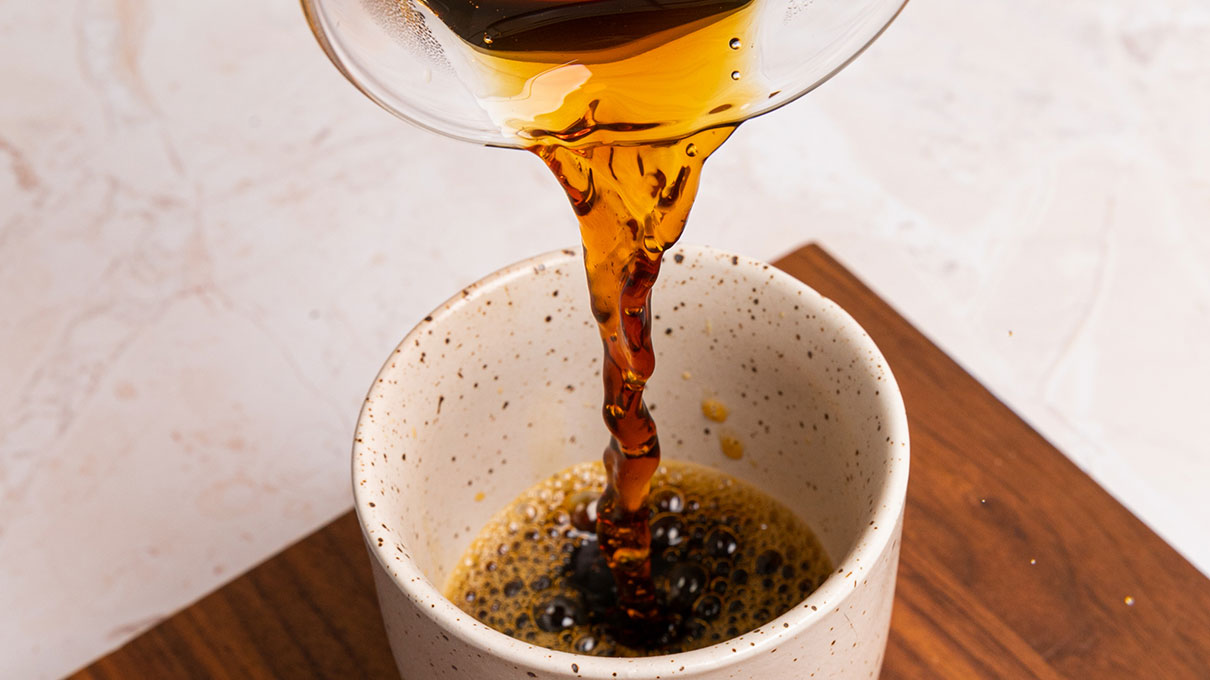
Functional and healthy ingredients: While not mainstream, this does not feel like a fad. More and more customers are looking for healthier as well as helpful foods and drinks that enhance their well-being...This represents an opportunity for cafes that want to cater to this need.
Sustainability and impact: With all the cost of living talk, it may seem that sustainability and impact no longer matters. That’s not true. While customers want good value and great experiences, the sustainability and impact of the businesses they support and the products they purchase will continue to become more important.
Price of coffee: The price of a specialty small flat white (or latte) will continue to increase to catch up with the global averages (Global prices). This is not ideal in a cost of living crisis. At the same time, the current pricing is still low. Consumers will get the choice of cost focused coffee priced lower at cafes and shops that are catering to a cost focused segment. On the other hand, specialty cafes will focus on great specialty coffee experience at a slightly premium price point. The difference between them might only be $0.50 to $1.00 per cup. Ultimately, this will be a challenge to navigate for both cafes and customers. However, we see this as a positive trend overall. Customers will get more choice of just coffee at an appropriate price or specialty coffee at a slightly premium price. And cafes will get to differentiate based on the type of coffee and food experience they want to provide.
-v1705466027506.jpg)
These are some key trends that we have identified based on our collective knowledge in the specialty cafe industry within Australia. Please share this with your cafe and coffee professional friends and network and also add your own thoughts and trends.

